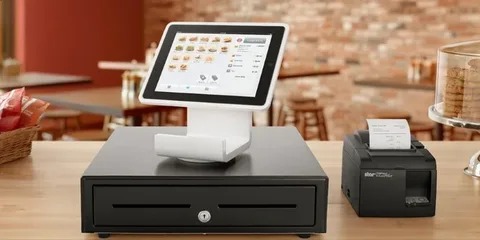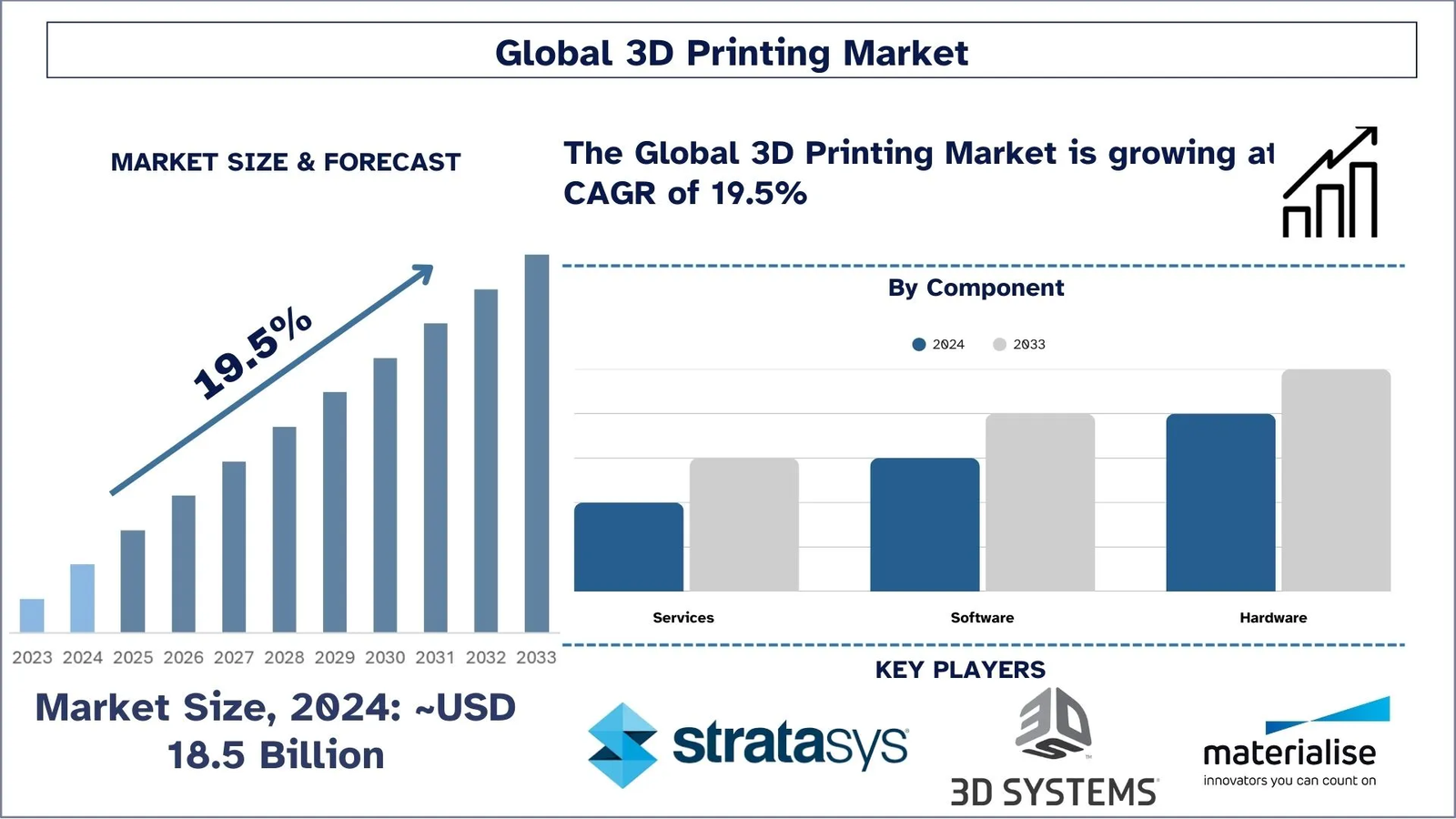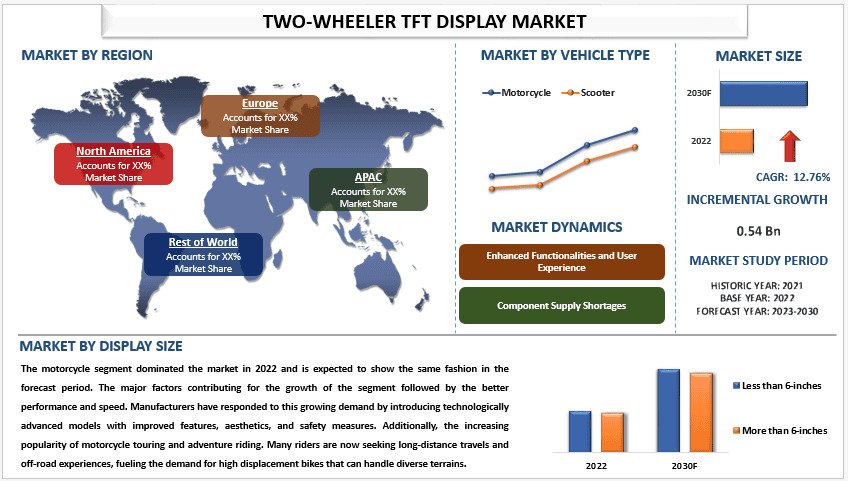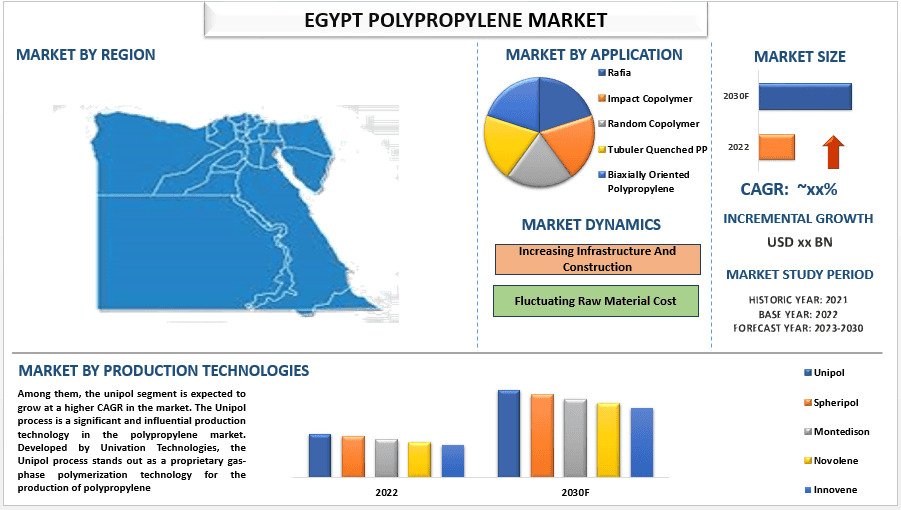Radio Frequency Identification (RFID) technology has revolutionized a wide array of industries, offering solutions for real-time tracking, inventory management, and asset tracking. At the heart of RFID applications, particularly in logistics and retail, lies the RFID printer. These specialized printers have made the creation of RFID enabled labels and tags much more efficient, giving businesses the ability to improve operations, reduce human error, and enhance tracking accuracy. In this article, we will explore what an RFID printer is, how it works, and the key benefits it brings to industries around the globe.
What is an RFID Printer?
An RFID printer is a specialized device designed to print labels or tags embedded with RFID technology. RFID tags are typically small microchips with antennas that can transmit data to an RFID reader, enabling the tracking of items in real time. Unlike traditional barcode printers, RFID printers print not only the information visible on the label but also encode data into the RFID chip embedded in the label or tag. This process allows for both visual scanning (through barcodes or QR codes) and automatic data reading via radio frequency, enhancing data collection capabilities.
RFID printers usually come equipped with both thermal transfer and direct thermal printing capabilities, depending on the specific needs of the user. The printer can print on a variety of media such as synthetic labels, paper, or hang tags, which can then be attached to products or assets.
How RFID Printers Work
The operation of an RFID printer is a combination of traditional printing technology and advanced RFID encoding. The printer first prints the text, graphics, or barcode onto the label. After this, it encodes an RFID chip with unique identification data, which is stored electronically within the chip. This is done through a process called “RFID encoding,” where the printer communicates with the RFID chip and transfers the necessary data.
RFID printers or rfid barcode scanner come with specialized software to configure and manage the data being encoded onto the tags. This can include details such as serial numbers, product information, and inventory levels. Once the label or tag is printed and encoded, it can be affixed to products, boxes, pallets, or even people, allowing for seamless tracking throughout the supply chain.
Applications of RFID Printers
RFID printers are used across various industries, offering a wide range of benefits in areas such as logistics, retail, healthcare, and manufacturing. In retail, for example, RFID printers enable businesses to manage inventory more efficiently. Instead of relying on manual stock-taking or barcode scanning, retailers can use RFID-enabled tags to automate the process, allowing items to be tracked in real-time as they move through the store, warehouse, and supply chain.
In the logistics industry, RFID printers streamline the management of pallets and shipments. By attaching RFID tags to each item, businesses can track products’ locations, monitor stock levels, and ensure timely deliveries. In healthcare, RFID printers are used for tracking medical equipment and supplies, ensuring the safety and availability of critical resources. Similarly, manufacturers use RFID printers to track raw materials, monitor production processes, and ensure compliance with quality standards.
Advantages of RFID Printers
One of the primary advantages of RFID printers is their ability to automate and improve inventory management. The automatic identification of products and assets with RFID tags eliminates human errors that can occur with manual scanning or barcode entry. RFID printers help businesses reduce time spent on stocktaking, improve stock accuracy, and provide more visibility into supply chain operations.
Another significant benefit is the enhanced data security RFID technology offers. Because RFID tags can store more data than traditional barcodes, they can hold a wealth of information, such as product history, expiration dates, and manufacturing details. Additionally, RFID tags are more durable than barcode labels, making them ideal for use in challenging environments such as warehouses or outdoor settings.
RFID printers also provide greater efficiency by speeding up the data collection process. Items with RFID tags can be scanned remotely without direct line-of-sight, which means businesses can track products from a distance. This capability reduces the time spent in scanning and inventory counting, ultimately increasing operational efficiency.
Key Considerations When Choosing an RFID Printer
While RFID printers offer numerous advantages, choosing the right printer for your business requires careful consideration. First, it’s important to assess the volume of labels or tags you need to print. High-volume operations will require more robust, industrial-grade printers that can handle large quantities of tags without compromising print quality or performance.
Another consideration is the type of RFID tags you plan to use. There are passive, active, and semi-passive RFID tags, each suited for different applications. Passive tags are typically used in inventory management because they don’t have a battery and are more affordable, while active tags, which have a battery, are used for tracking high-value assets over long distances.
Additionally, businesses should consider the compatibility of the RFID printer with their existing software systems. A printer that integrates well with warehouse management, supply chain management, or enterprise resource planning (ERP) systems will provide the best results.
Conclusion
RFID printers have become essential tools in industries where inventory and asset tracking are critical. With their ability to print and encode RFID tags simultaneously, these printers offer businesses a seamless solution for tracking items in real time, improving operational efficiency, and enhancing supply chain visibility. As RFID technology continues to evolve, so too will the capabilities of RFID printers, further cementing their place as a cornerstone of modern business operations. Whether used in retail, healthcare, logistics, or manufacturing, RFID printers are a game changing technology that is shaping the future of inventory management.












Leave a Reply